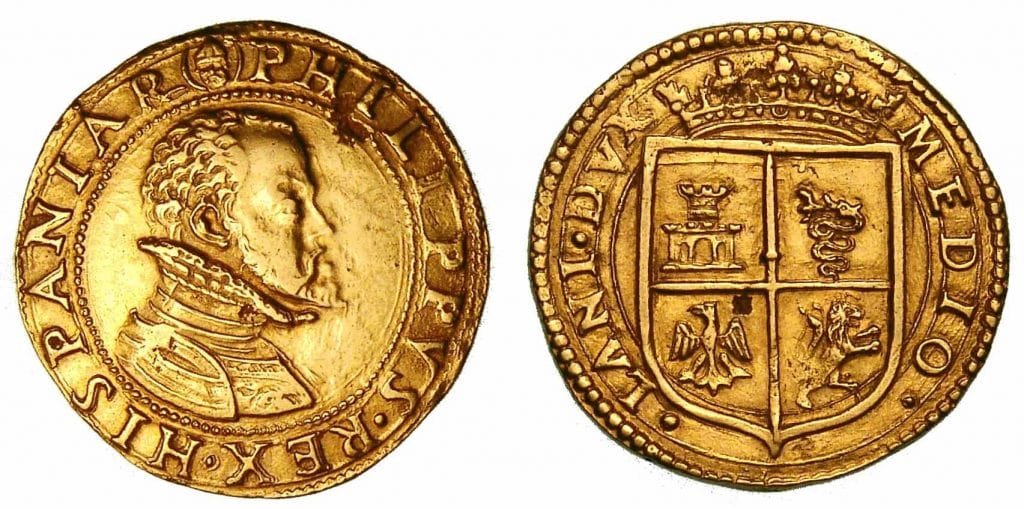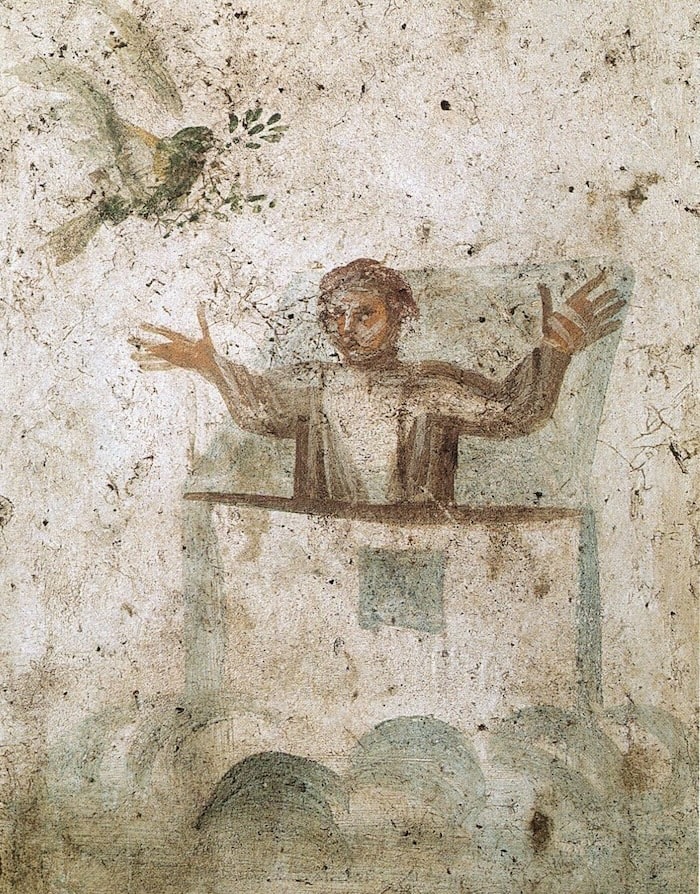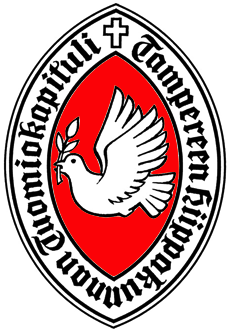Héraldique
Héraldique
Scaricamazza
·1723·
Scaricamazza
·1723·
What is heraldry?
What is heraldry?
To answer we will quote the greatest living heraldry academic, the heraldist Michel Pastoureau: «Heraldry is the science that studies emblems pertaining to an individual, a family or a community. Their composition is governed by the specific rules of blazon that distinguish the medieval European heraldic system from all other systems of emblems, whether earlier or later military civil».¹

Milan (Italy). Philip II (of Spain), Duke of Milan from 1540. Ducato coin 1554-1598. Crowned and quartered coat of arms with the arms of Milan, Castile and León.
As often happens, Pastoureau is capable of being disarmingly concise and clear. We highlight some points that we may have missed. Heraldry is a science: it has its own method, its language. It studies emblems. What is an emblem? According to the Cambridge Dictionary, it’s: «A picture of an object that is used to represent a particular person, group or idea». Can every emblem be considered heraldic?


The dove returns to Noah in the ark, Fresco from the catacombs of Saints Peter and Marcellinus, Rome, end of the 3rd century.
Seal and coat of arms of the Cathedral Chapter of the Diocese of Tampere: Evangelical Lutheran Church of Finland (Suomen evankelis-luterilainen kirkko).
No, not every one of them. Let’s observe. The dove is used as an emblem and symbol of peace, but this does not always make it a heraldic emblem. We can affirm, however, that the same dove acquired this heraldic attribute, quality, a “heraldic label” when it entered the coat of arms of the Cathedral of the Diocese of Tampere or the wappen of Pfäfers, a municipality in the canton of St. Gallen, Switzerland. However, be careful! Remember, a seal or a shield is not enough for the magic: emblems must follow specific rules, the rules of blazon, to become heraldic. So what is the blazon? Calm down; the blazon is the grammar of heraldry, but this answer, you can easily understand it, requires another lesson. Thank you for reading, and see you very soon.
¹Pastoureau, Michel, Heraldry: its Origins and Meaning, “New horizons” series, Thames & Hudson, London, 1997, p. 13.